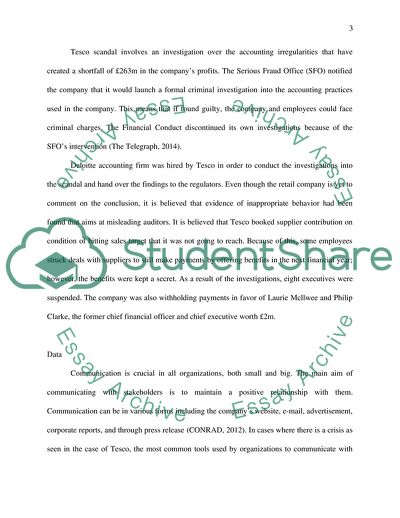Cite this document
(Tesco to be investigated by Serious Fraud Office Serious Fraud Office Case Study, n.d.)
Tesco to be investigated by Serious Fraud Office Serious Fraud Office Case Study. https://studentshare.org/finance-accounting/1846381-tesco-to-be-investigated-by-serious-fraud-office-serious-fraud-office-launches-formal-criminal-investigation-into-tesco-scandal
Tesco to be investigated by Serious Fraud Office Serious Fraud Office Case Study. https://studentshare.org/finance-accounting/1846381-tesco-to-be-investigated-by-serious-fraud-office-serious-fraud-office-launches-formal-criminal-investigation-into-tesco-scandal
(Tesco to Be Investigated by Serious Fraud Office Serious Fraud Office Case Study)
Tesco to Be Investigated by Serious Fraud Office Serious Fraud Office Case Study. https://studentshare.org/finance-accounting/1846381-tesco-to-be-investigated-by-serious-fraud-office-serious-fraud-office-launches-formal-criminal-investigation-into-tesco-scandal.
Tesco to Be Investigated by Serious Fraud Office Serious Fraud Office Case Study. https://studentshare.org/finance-accounting/1846381-tesco-to-be-investigated-by-serious-fraud-office-serious-fraud-office-launches-formal-criminal-investigation-into-tesco-scandal.
“Tesco to Be Investigated by Serious Fraud Office Serious Fraud Office Case Study”. https://studentshare.org/finance-accounting/1846381-tesco-to-be-investigated-by-serious-fraud-office-serious-fraud-office-launches-formal-criminal-investigation-into-tesco-scandal.


